Central Asia—sometimes referred to as the ‘Stans’—consists of Kazakhstan, Uzbekistan, Kyrgyzstan, Tajikistan, and Turkmenistan. Bordered by Russia in the north, China to the east, and Iran and Afghanistan down south, these five countries possess unparalleled natural beauty, unique culture and rich history. It shouldn’t come as a surprise that the region draws the types of travellers who enjoy exploring places off the beaten path.

Brief History of Central Asia
Many parts of Central Asia are historically significant, thanks to their proximity to trade routes along the Silk Road. Here, the exchange of goods, ideas and even beliefs (as is the case with the spread of Islam) took place over several centuries. During this time, Central Asia served as a geographic and cultural bridge between Europe and Asia. For much of the 20th century, the Stan countries were under the control of the Soviet Union, until its collapse in 1991. Today, they are relatively young nations, though with deep influences from the Old World—former empires, neighbouring nations, and even nomadic tribes from within.
Travelling to the Stans
In Central Asia, there’s no shortage of nature or history for travellers looking for either, or both. You might find yourself among mountainous terrain or low-lying deserts one day, and impressively-modern urban centres or grand, centuries-old structures on the next. The real trick is getting there in the first place. Besides any visa requirements imposed on travellers from certain countries, there’s the typically high price tag for airfare to get past.

The best way to do this is to fly in to Almaty, the largest city in Kazakhstan, or Tashkent, the capital of Uzbekistan. These airport terminals have the most flights coming in and out of Central Asia. From there, you can transfer to one of the domestic airports. Once at your destination, or even while at a larger city, be sure to seek out local guides, book excursion tours, or even arrange for homestays with communities with whom you can experience old traditions and their unique ways of life.
Kazakhstan
Population: 18.3 million
Area: 2,724,900 km2

By far the largest country in Central Asia in terms of geographical area (in fact, it’s larger than the other 4 combined), Kazakhstan has plenty of land for travellers to explore. The country’s capital, Nur-Sultan (up until very recently, known as Astana) is a place to see grand architectural feats like Bayterek Tower, the Palace of Peace and Reconciliation and the Hazrat Sultan, the largest mosque in Central Asia.
Much further south in the metropolis of Almaty, you might want to check out the Russian Orthodox Ascension Cathedral, or you can try a sampling of traditional Kazakh foods at Zelyony Bazaar. Just an hour’s drive south of the city is the turquoise-hued Big Almaty Lake.
Uzbekistan
Population: 33.2 million
Area: 448,978 km2
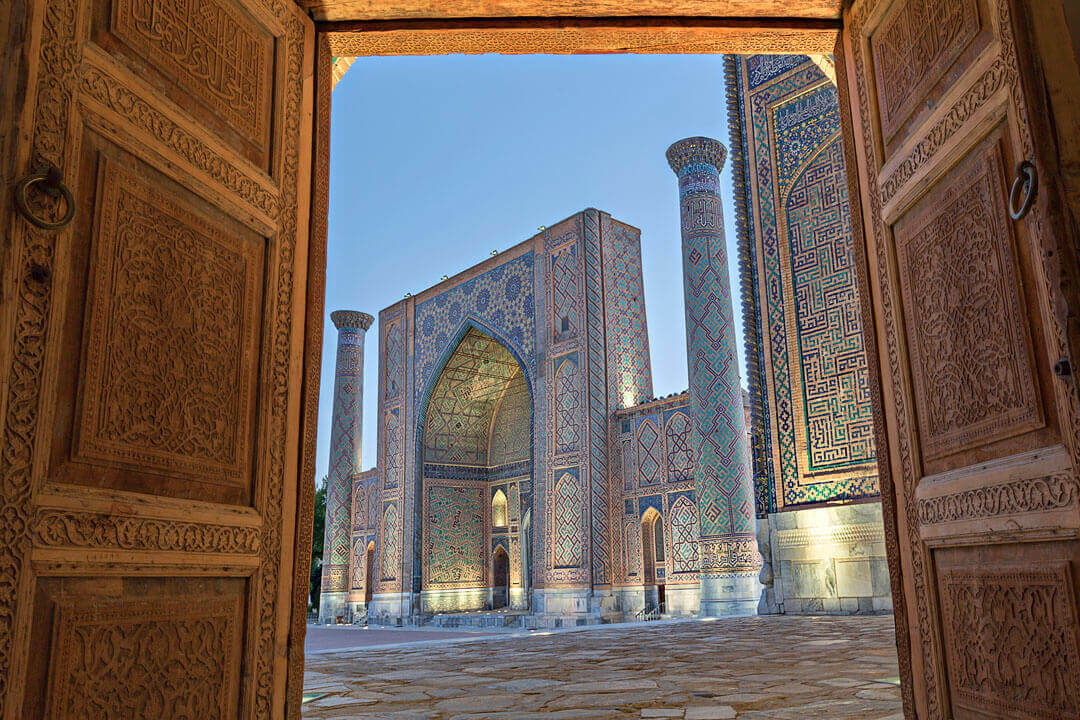
Uzbekistan is known for its incredibly ornate mosques and mausoleums, as well as having prominent sites along the Silk Road, making it Central Asia’s largest tourism draw. Despite its size, Uzbekistan is the most populated among the Central Asian countries by far, thanks to the more settled culture of the Uzbeks, compared to more nomadic cultures like the Kazakhs. Because of this, Uzbekistan is considered a cradle of culture.
You don’t need to wander too far from the picturesque ancient city of Samarkand to find wonders like Registan, Gur-e-Amir mausoleum, Shah-i-Zinda necropolis (pictured in the header image of this post), or the Ulugh Beg Observatory. Other notable cities in Uzbekistan include Bukhara and Khiva, and like Samarkand, have designated UNESCO World Heritage Sites within.
Kyrgyzstan
Population: 6 million
Area: 199,951 km2
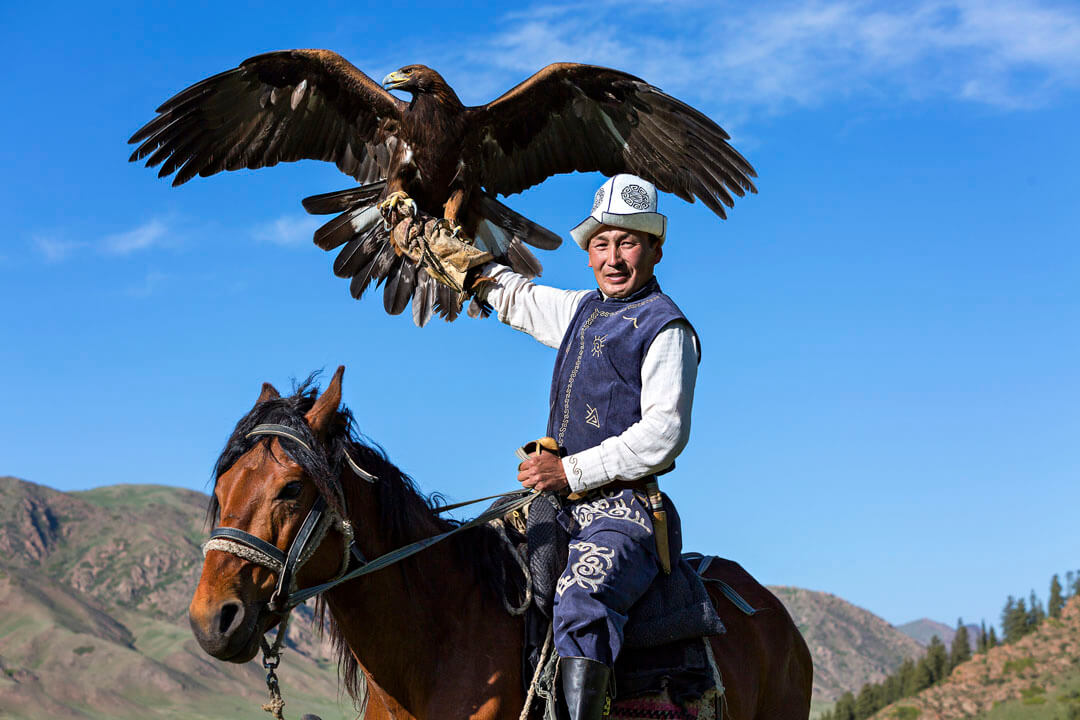
You’ll find curious Soviet-era time capsules like the National Museum or the Bishkek Circus in Kyrgyzstan. But venturing out of Bishkek, you’ll discover Kyrgyzstan’s true beauty: miles of the unspoiled, wide-open outdoors at your feet. If you ever wanted to stay in a yurt or try out homestays, this would be your destination.
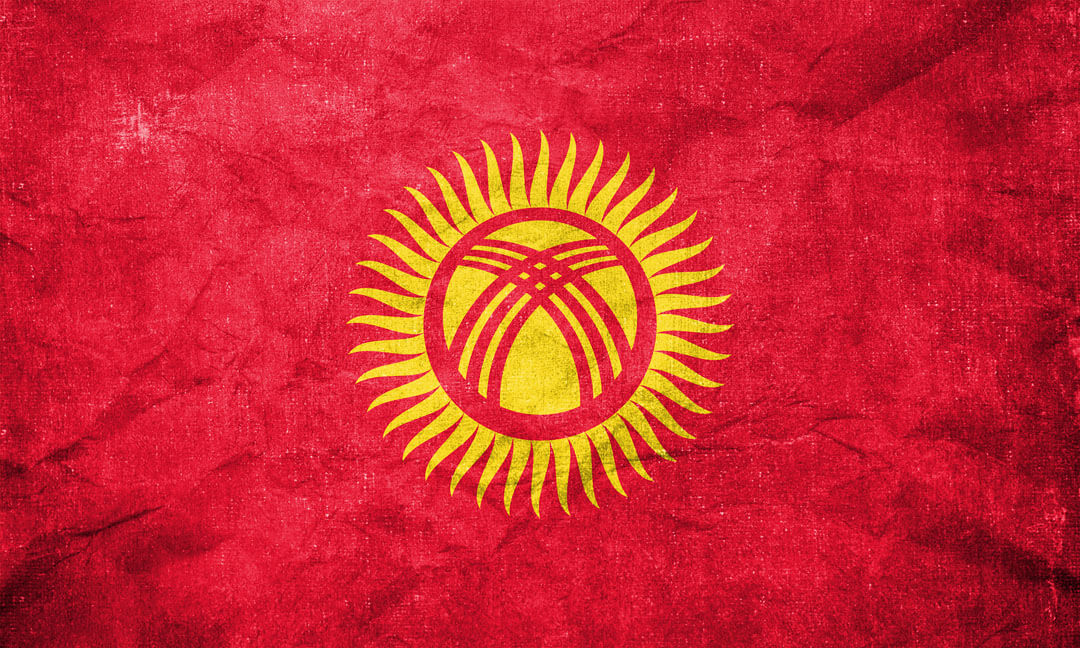
Seemingly in the middle of nowhere, you’ll find Tash Rabat, a caravanserai (roadside inn for caravaners to rest and recover along their journey) dating back to the 15th century. Spread throughout the rest of the country are sites fit for explorers, like Ala Archa National Park, Song-Köl Lake, Köl-Suu in the Tian Shan mountains, and the Alai Valley, just to name a few.
Tajikistan
Population: 8.7 million
Area: 143,100 km2
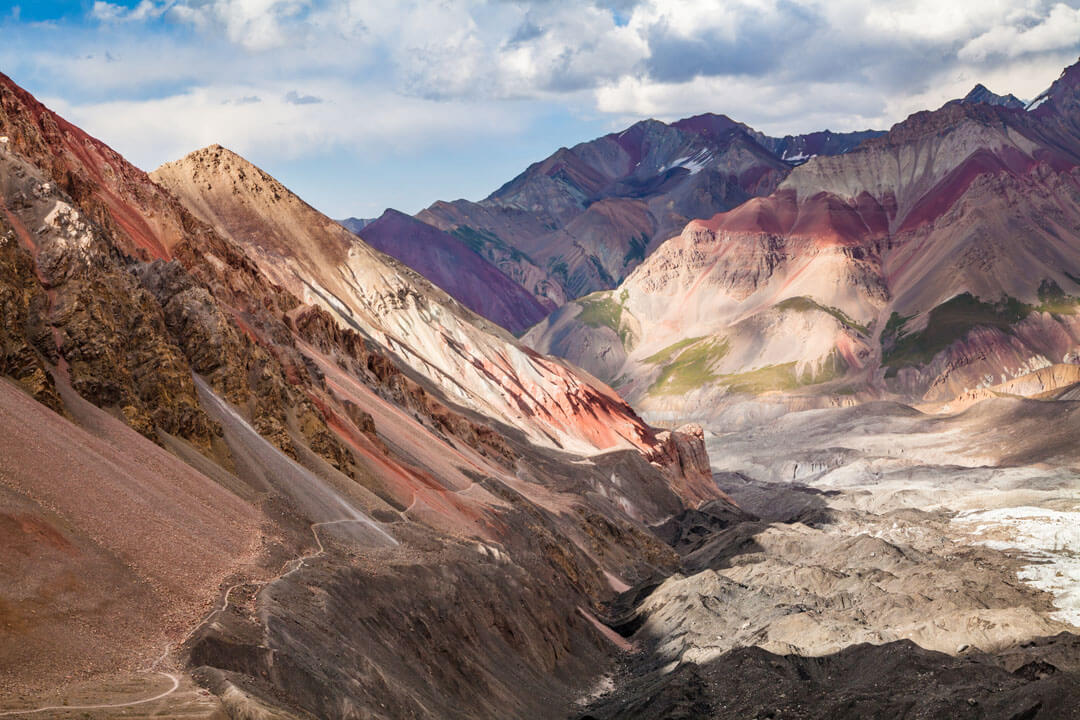
And then there’s Tajikistan, known mostly to adventure travellers for the scenic Pamir Highway (or by its official Soviet name, M41). This route is said to have been used for millennia, traversing through Dushanbe, the country’s capital, through the difficult and high-altitude terrain of the Pamir Mountains, terminating in Osh, Kyrgyzstan to the north.
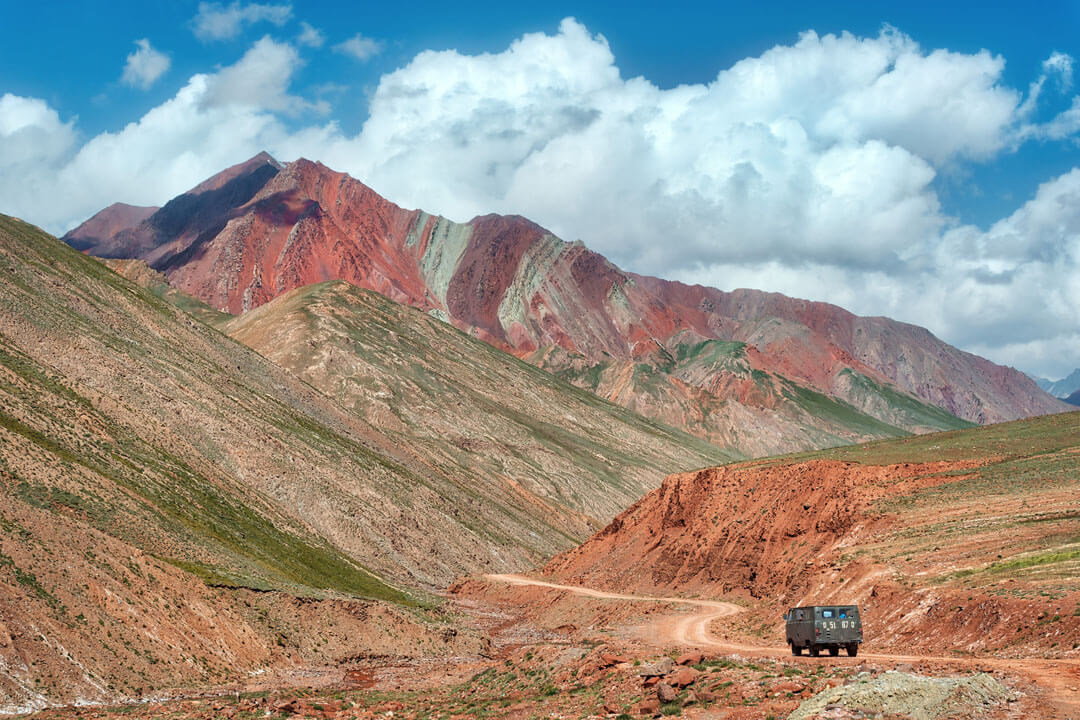
The 1,252 km highway is a favourite among road trippers, cyclists and off-roaders who share a love for the outdoors. Of course, if you’re going to journey through the rugged terrain along the Pamir Highway, it’d be wise to get optional sports coverage on top of your travel insurance. And if you ever make your way to the Wakhan Valley area, stop by Yamchun Fort, one of several remaining fortresses and outposts found along the Silk Road.
Turkmenistan
Population: 5.7 million
Area: 491,210 km2
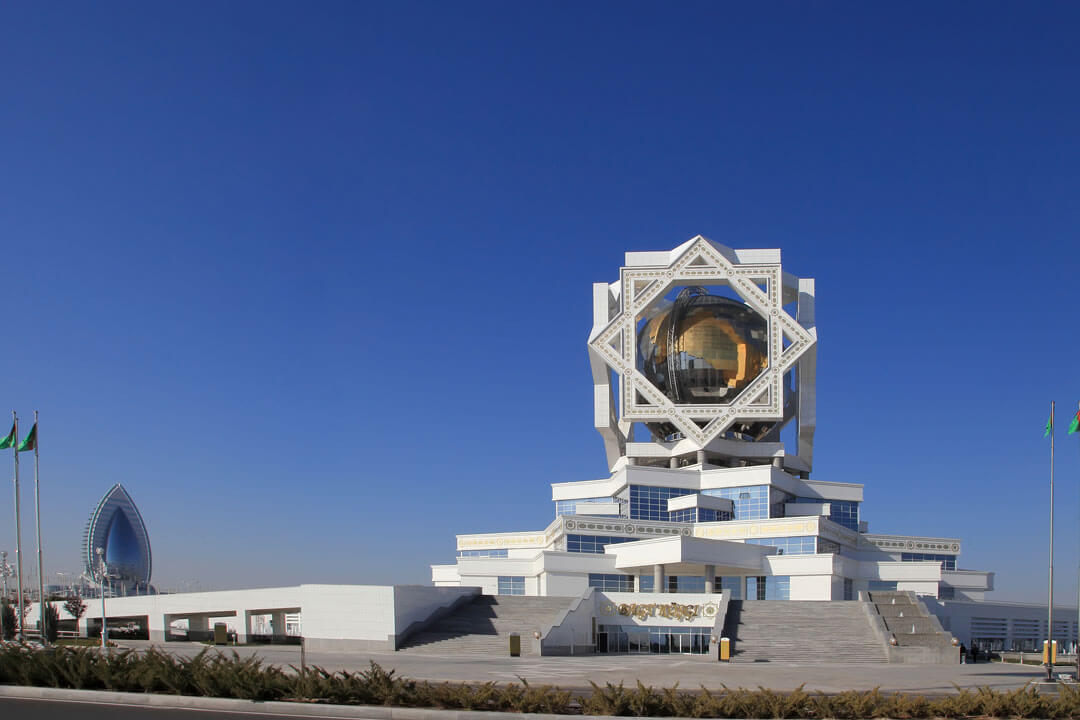
Turkmenistan is likely the least-explored by visitors among the Stan countries. The capital and largest city Ashgabat is marked by odd, often grandiose, futuristic architecture—thanks to the eccentricities and the personality cult of a totalitarian dictator, who ruled from the collapse of the Soviet Union until his death in 2006. Lonely Planet even described it as “a cross between Las Vegas and Pyongyang”.
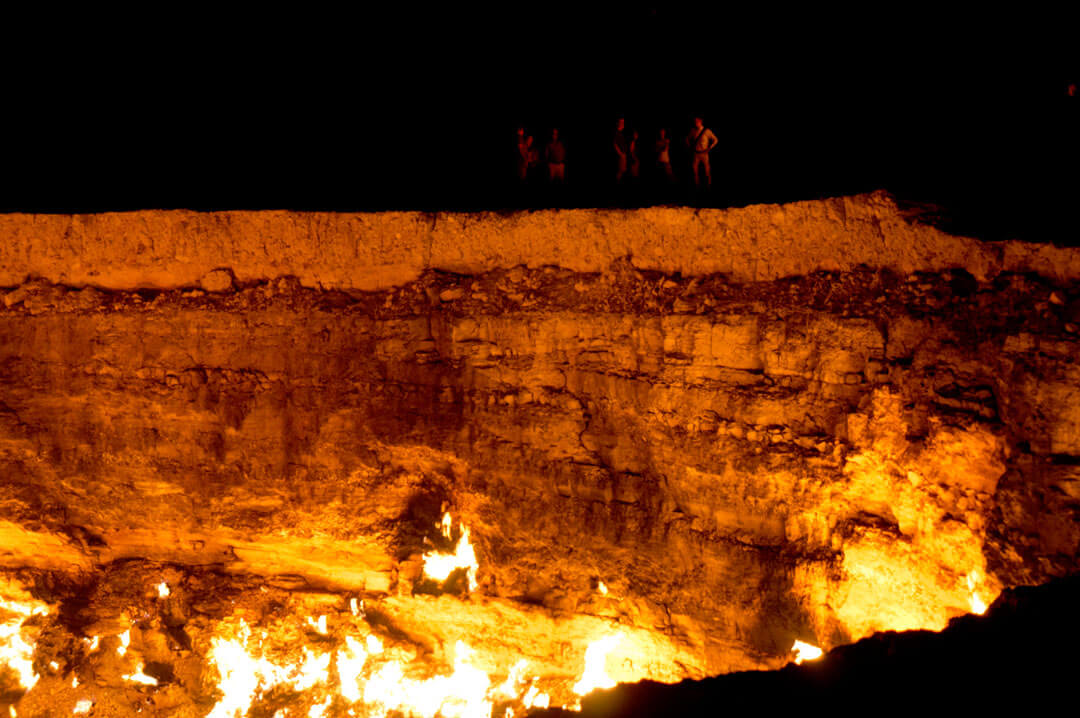
But there are noteworthy places for travellers to see up close, like the town of Konye-Urgench, a UNESCO World Heritage Site bordering Uzbekistan to the north. You can even visit the “Gates of Hell” or the Darvaza Gas Crater, a natural gas field that collapsed into an underground cavern or Köw Ata, an underground lake where the largest known colony of bats in Central Asia reside.
Although Central Asia is a vast region of natural and cultural wonders, relatively little is known about it to Western travellers. Visiting the Stans might take a little more planning than your typical European or Asian destination—and it’s certainly not cheap—but the rewards of exploring one of the last frontiers of the world is well worth the effort!
Happy Travels,
Justin
